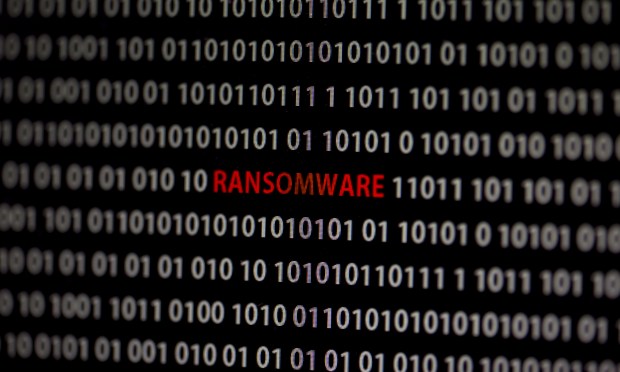Cyberattacks Shutter Prospect Medical Locations

A ransomware attack on California’s Prospect Medical impacted hospitals and clinics around the country.
As The New York Times reported Saturday (Aug. 5), the attacks closed some Prospect locations while forcing others to switch to paper records. The company has 16 hospitals and more than 165 clinics and outpatient centers in four states.
According to the report, it wasn’t immediately clear how many of the company’s sites were affected, nor when services would go back to normal.
“Prospect Medical Holdings, Inc. recently experienced a data security incident that has disrupted our operations,” the company said in a statement on Saturday. “Upon learning of this, we took our systems offline to protect them and launched an investigation with the help of third-party cybersecurity specialists.”
PYMNTS has reached out to Prospect for comment but has not yet received a reply.
The Times report also quotes John Riggi, national adviser for cybersecurity and risk at the American Hospital Association, who said cyberattacks on hospitals have grown in frequency, particularly in the wake of COVID.
“We’re relying more on cloud-based services, remote third parties,” Riggi told the Times. “So all of these things are done with good intention — ultimately to improve patient care and to save lives. But the unintended consequence of this is that it has expanded dramatically our digital attack surface.”
Earlier this summer, Riggi said that health facilities were struck by 226 digital attacks affecting 36 million people this year, on track to exceed last year’s figures.
This is happening as hospitals are coming out of what Moody’s Investors Service analyst Matthew Cahill has deemed “arguably the worst year in healthcare history” in terms of their financial performance.
“There’s really no wiggle room for hospitals to deal with this,” Cahill told Bloomberg News in a report in June about the rise of cyberattacks on health facilities.
As PYMNTS noted at the time, these attacks are happening at a moment when research shows consumers increasingly embracing digital healthcare offerings.
“The Digital Healthcare Gap: Streamlining The Patient Journey,” a collaboration between PYMNTS and Experian Health, found that two-thirds of consumers use patient portals, while 32% of nonusers said they were at least interested in doing so.
The report also showed 20% of patients had scheduled appointments using digital channels in the prior 12 months, with urgent care patients being the most likely to do so: 17% of urgent care patients used patient portals, 16% did so using their medical practices’ website and 5% scheduled using text messages.

